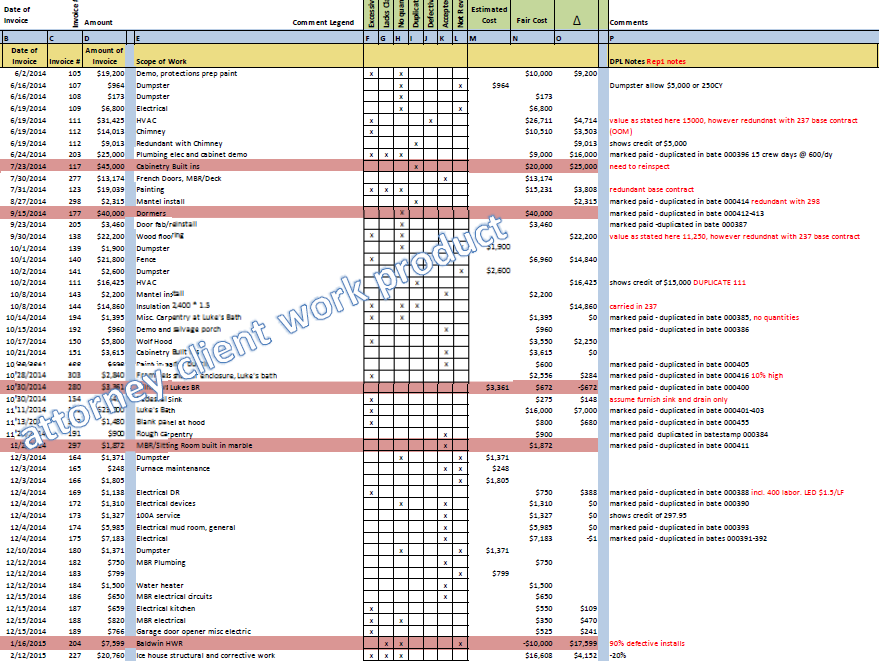Construction defects generate a considerable volume of complaints and litigations that show no signs of tapering off. That’s owing to the ubiquity of failed enterprises – contractors entering into agreements that are beyond their capacity in resources or skill. Sadly, defects are not always noticeable until the finish stages, where work is winding down, and there is pressure to correct as soon as possible. It may then become apparent that the contractor simply can’t deliver the quality of product he agreed to.
Graham’s five-decades experience in high-end or luxury residential and retail focused on top quality infrastructure and finishes designed by world-class architect and designers, for unforgiving and demanding clientele. This experience included quality assurance for the lowest tolerances of construction defects permitted, setting the benchmark for assessments as high as they can be.
Establishing rubrics for construction defects can be tricky, as one man’s junk is another’s treasure. The overarching standard will be first and foremost project specifications, and the lowest will be economy grade. These rubrics are critical to establishing cost basis to conduct remedial or replacement work. The art of a seasoned construction defect lies in his ability to calculate the variable costs of correcting defects as they pertain to the respective specifications of a given product.
This thought invokes the theory of replacing ‘in-kind,’ or of equal caliber of quality and workmanship of the work. The perception and expectation of this quality is not always agreed upon – especially in litigation, which is why it’s prudent to have a seasoned construction expert sort it. For example, a generic wood door casing for an economy grade project might cost $2/running-foot, whereas the expectation for luxury grade might be no less than $12/running-foot. The obvious fail-safe against quality deficits is the failure to produce and agree on a physical control sample for each respective product. This step is standard in the industry. Those projects which produce without approved control samples do so at risk.


